Heronries Census

The Heronries Census is an annual survey of all Grey Herons, Little Egrets, Cormorants and scarcer herons nesting in the UK.
Heronries are the places where Grey Herons, Little Egrets and sometimes other waterbirds gather to nest. Nesting often persists for many decades at the same location and becomes very well known to birdwatchers. Grey Herons in particular are monitored efficiently and accurately by counting 'apparently occupied nests' in their heronries. The BTO's Heronries Census has gathered nest counts annually since 1928 at the UK's heronries.
The main species covered is Grey Heron but Little Egret is fully included, as are rarer species of colonial waterbirds such as Cattle Egret and Spoonbill. Nest counts of Cormorants are also collected, especially where they are nesting alongside herons. Data are shared with county recorders and for rare species with the Rare Breeding Birds Panel.
Find a heronry to monitor
You can search for available sites and make and enquiry to a local organiser prior to signing up for the Census.
Time / skill required
Project timeline, contributions & findings
Project timeline
- Up to 3 site visits annually, in March, April and May.
- Data to be input online by the end of August.
Contributions & findings
- The latest Grey Heron population trends from the Heronries Census are discussed on the Grey Heron page in the BTO's BirdTrends report.
- The modelled annual population estimates for the UK, now spanning more than 80 years, show a long-term increase.

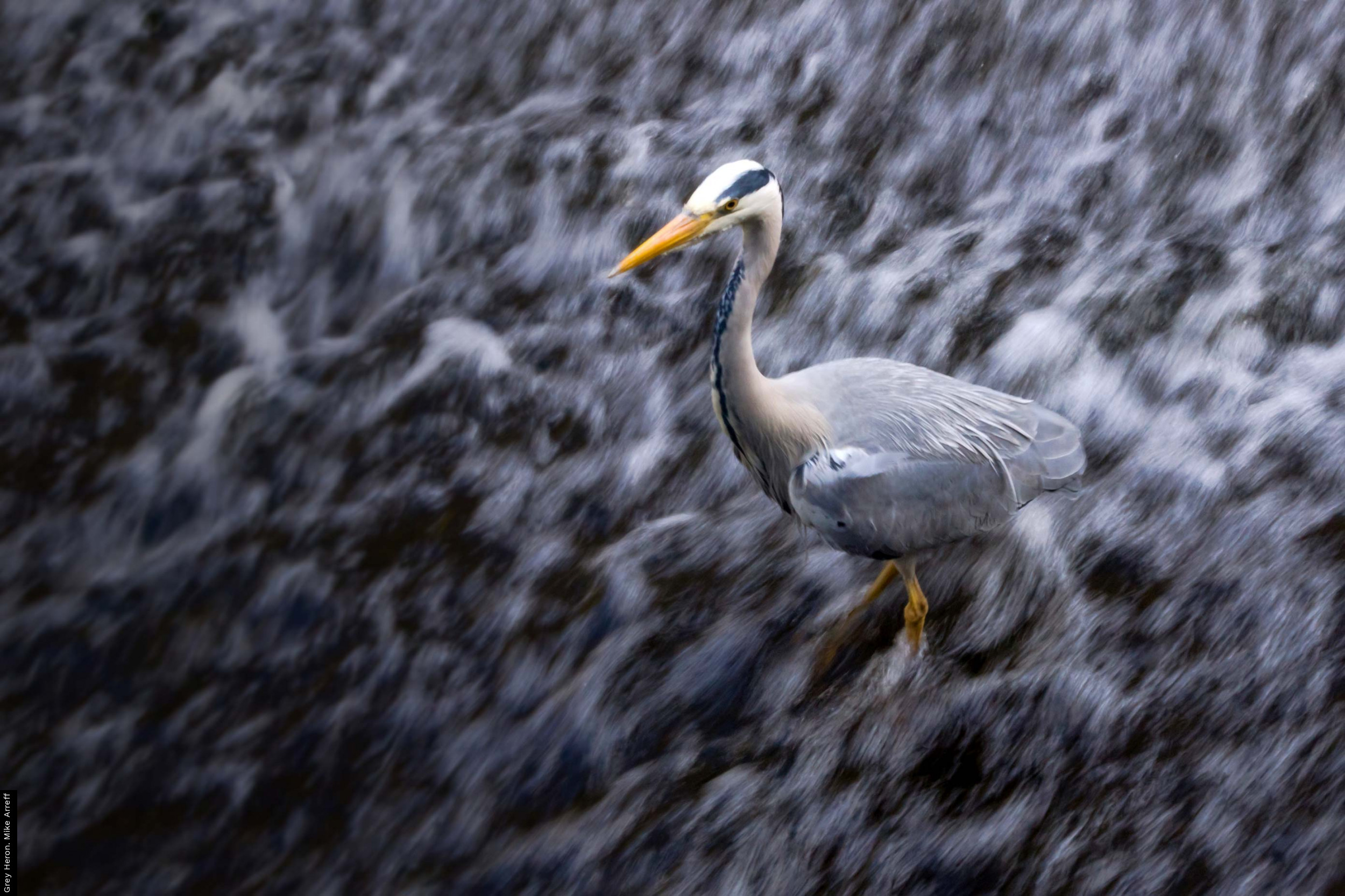

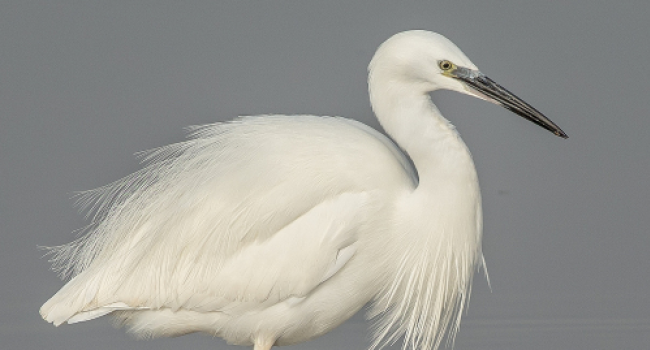
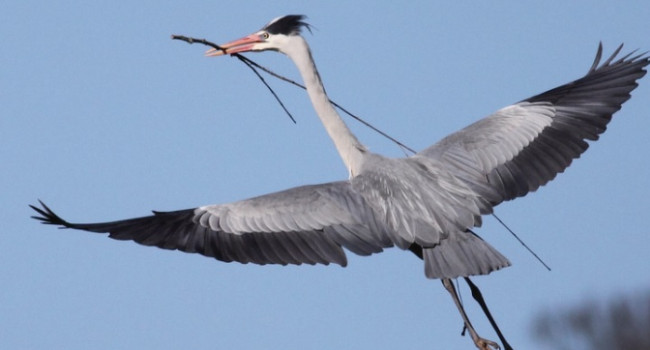
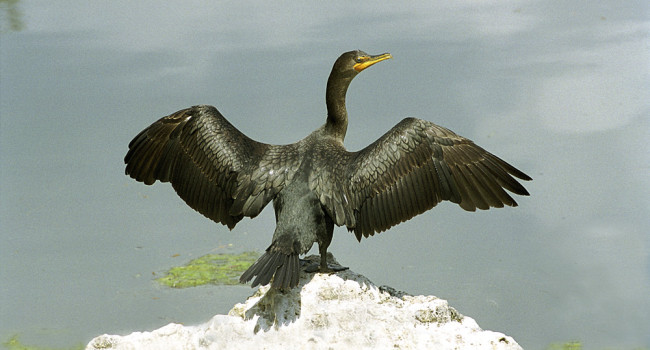

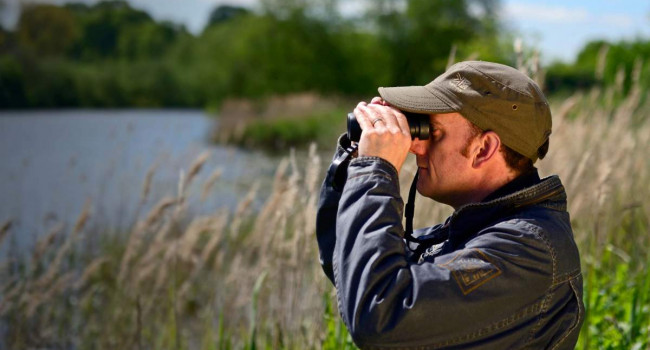


Share this page